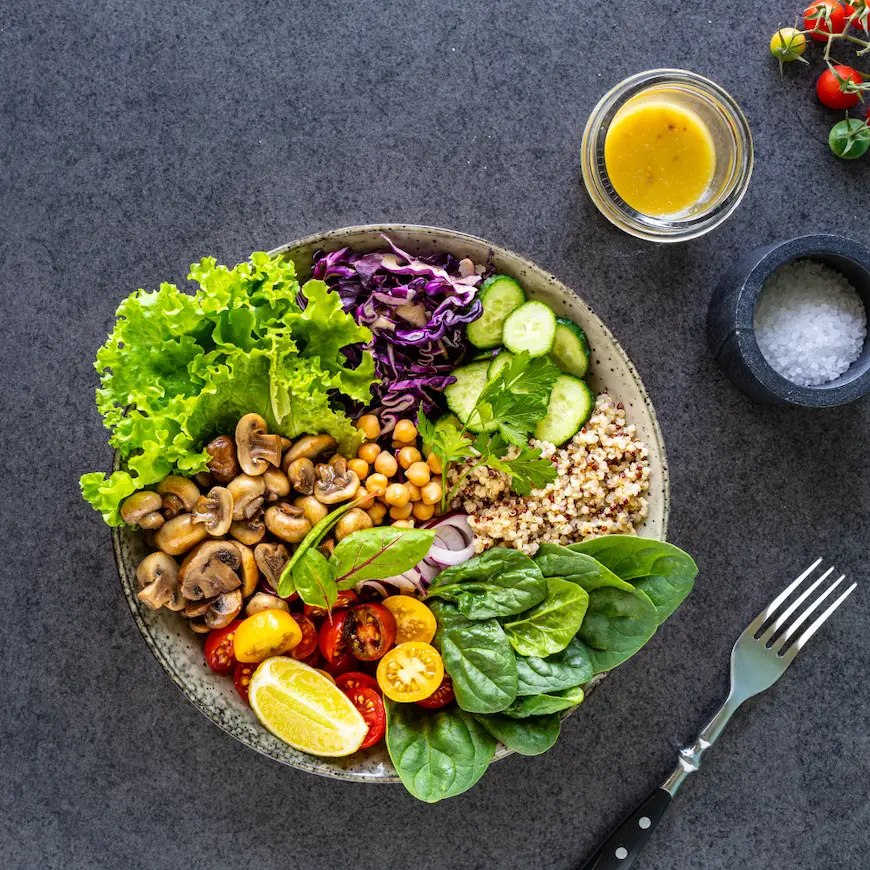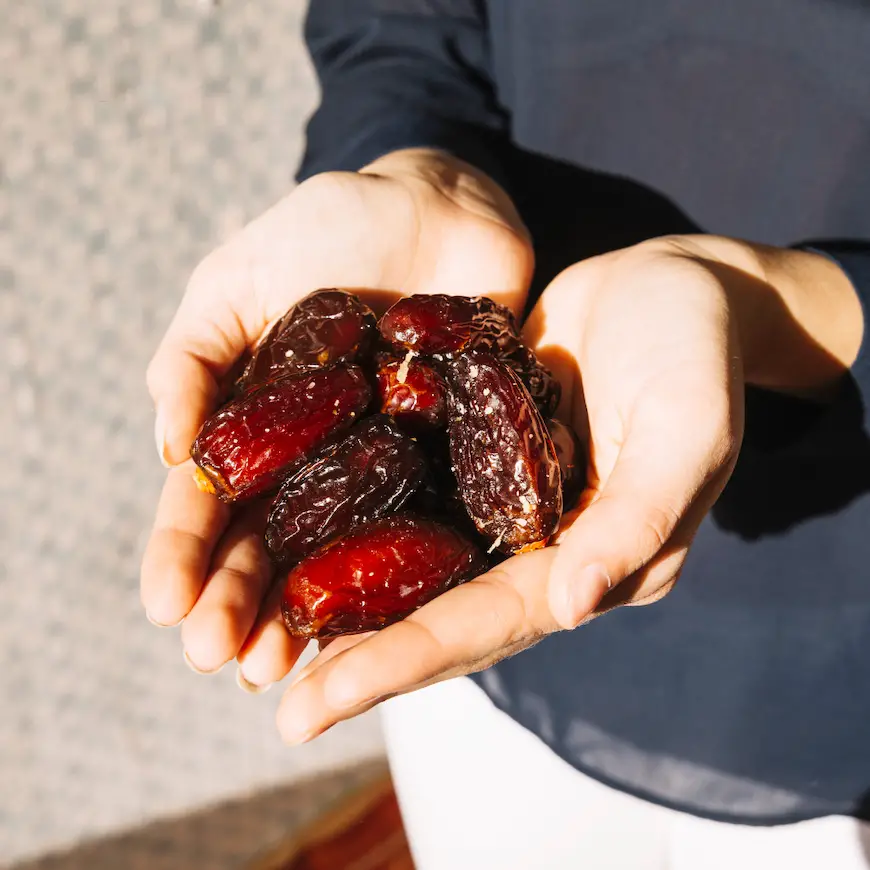When you think about inflammation, you might picture swollen joints or a puffy face after an allergic reaction. But chronic inflammation is more than just occasional puffiness it’s a silent health disruptor that could be quietly contributing to serious conditions like heart disease, diabetes, autoimmune disorders, and even cancer. The good news? Nature has provided us with powerful, anti-inflammatory foods that can help soothe the fire from within and some of them might surprise you.
Let’s uncover 12 lesser-known anti-inflammatory heroes that deserve a place in your daily routine. These aren’t just good for you they’re delicious, versatile, and maybe even sitting in your kitchen already.
1. Black Garlic – The Sweet Secret to Fighting Inflammation
You’ve probably heard of regular garlic, but black garlic? This aged, fermented version has a sweeter, almost balsamic flavor and it packs a serious health punch. It’s one of the most underrated anti-inflammatory foods you’ll find in your kitchen.
What makes black garlic so powerful? During fermentation, its antioxidant levels skyrocket. It’s rich in S-allylcysteine, a compound shown to reduce inflammation, boost immunity, and improve heart health. Among anti-inflammatory foods, black garlic offers a unique combination of flavor and function.
Unlike many anti-inflammatory foods that require fancy prep, black garlic is incredibly versatile. Try it mashed into hummus, spread on toast, or stirred into stir-fries for a delicious healing twist.
2. Camu Camu – The Amazon’s Vitamin C Bomb
Camu camu is one of those rare anti-inflammatory foods you’ve likely never tasted but should absolutely try. This small, sour berry from the Amazon rainforest contains 60 times more vitamin C than an orange—a real immunity powerhouse.
Vitamin C plays a critical role in reducing inflammation by neutralizing free radicals and supporting your body’s natural defense systems. When it comes to anti-inflammatory foods rich in antioxidants, camu camu ranks near the top.
Available in powder form, it’s an easy addition to smoothies, oatmeal, or even homemade energy bites. It’s proof that anti-inflammatory foods don’t have to be bland or boring—they can be tangy, exotic, and downright fun.
3. Sardines – Tiny Fish, Big Benefits
Sardines are small but mighty—and they deserve more credit among anti-inflammatory foods. Packed with omega-3 fatty acids, they help regulate immune responses and reduce inflammation at the cellular level.
What sets sardines apart from other anti-inflammatory foods is their nutrient density. They’re also rich in vitamin D, calcium, and protein, making them ideal for bone health and heart protection.
If you’re looking to add more variety to your anti-inflammatory foods, sardines are an affordable, accessible option. Grill them, toss them into salads, or enjoy them straight from the can with a squeeze of lemon and cracked pepper.
Including sardines in your diet is a delicious and easy way to diversify your plate with powerful anti-inflammatory foods that don’t compromise on taste.
4. Purple Cabbage – A Budget-Friendly Superfood
Purple cabbage is one of the most overlooked anti-inflammatory foods sitting right in your local grocery store. This vibrant veggie is loaded with anthocyanins—antioxidants that actively fight inflammation and support cellular health.
It also brings fiber, vitamin C, and glucosinolates to the table, compounds known to lower the risk of chronic disease. Compared to trendier anti-inflammatory foods, purple cabbage is cost-effective and easy to use in everyday meals.
Whether raw in crunchy slaws, fermented into probiotic-rich sauerkraut, or roasted with olive oil, purple cabbage deserves a top spot among your favorite anti-inflammatory foods.
5. Turmeric Root – Nature’s Golden Elixir
Okay, turmeric isn’t exactly a secret anymore but how many people are using the actual root instead of the powdered spice? The fresh root has a deeper flavor and more concentrated curcumin, the active anti-inflammatory compound.
Turmeric’s benefits go beyond arthritis and joint pain. It’s also been linked to improved brain function and heart health. Grate the root into teas, soups, or curries. And don’t forget the black pepper it helps your body absorb curcumin more efficiently.
6. Seaweed – The Ocean’s Green Gold
Seaweed is a nutritional powerhouse. It’s rich in fucoidans unique polysaccharides found only in marine plants which have powerful anti-inflammatory and anti-viral properties.
Plus, seaweed is full of iodine, magnesium, and chlorophyll. Add nori to wraps, sprinkle dulse flakes over salads, or enjoy wakame in miso soup. Bonus: it’s a sustainable food source that’s kind to the planet.
7. Tart Cherries – Nature’s Recovery Snack
Tart cherries (also known as sour cherries or Montmorency cherries) are a hidden gem for athletes and anyone dealing with inflammation. They’re high in anthocyanins, which not only reduce inflammation but also help with muscle recovery and better sleep.
Studies have shown that tart cherry juice can lower levels of C-reactive protein (CRP), a key marker of inflammation. Try a small glass before bed or mix the juice into a smoothie bowl.
8. Fermented Soy (Natto, Tempeh, Miso) – The Gut Healers
Soy often gets a bad rap, but fermented soy is in a different league. Foods like natto, tempeh, and miso are packed with probiotics, which help regulate gut health and a healthy gut is key to controlling inflammation.
Natto, in particular, contains nattokinase, an enzyme with anti-inflammatory and clot-busting benefits. Miso is great in soups, tempeh works beautifully in stir-fries, and natto? Well, it’s an acquired taste, but worth trying!
9. Beets – The Blood Flow Booster
Beets are rich in betalains, compounds that give them their vibrant color and their powerful anti-inflammatory effects. They also help improve blood flow and lower blood pressure, making them a heart-friendly food.
Roast them, juice them, spiralize them into salads, or blend into smoothies. Their natural sweetness pairs beautifully with earthy or citrusy flavors.
10. Celery Seeds – The Tiny Inflammation Fighters
You might not think twice about celery seeds, but they’ve been used in traditional medicine for centuries. These little seeds are packed with apigenin and luteolin, plant compounds known for their anti-inflammatory and antioxidant properties.
They may also help with bloating and blood pressure. Add them to salad dressings, stews, or sprinkle a bit into your soup for a subtle, herbal flavor kick.
11. Chaga Mushroom – The Immune Modulator
Not your average mushroom, chaga grows on birch trees and looks more like a chunk of charcoal than something you’d eat. But it’s loaded with beta-glucans and antioxidants that help modulate the immune system and reduce inflammation.
You can’t sauté it like button mushrooms, but it’s commonly steeped into tea or taken in powdered form. Chaga tea has a mild, earthy flavor and pairs well with cinnamon or cacao.
12. Green Papaya – The Enzyme Powerhouse
Most of us only eat ripe, orange papaya but the green, unripe version has some amazing health benefits. It’s rich in papain, a powerful enzyme that helps break down proteins and reduce inflammation, especially in the digestive tract.
Green papaya is also high in vitamins A and C. Use it in Thai-style salads like som tam, or steam it and toss with lime juice and herbs.
How to Build an Anti-Inflammatory Plate
Knowing the right foods is one thing, but building a sustainable anti-inflammatory lifestyle means combining them in ways that work for your taste, schedule, and culture. Here are a few tips:
-
Start small: Add one or two of these foods to your routine each week.
-
Balance is key: Pair anti-inflammatory foods with whole grains, lean proteins, and healthy fats.
-
Limit inflammation triggers: Cut down on processed foods, refined sugar, excessive alcohol, and trans fats.
-
Hydration helps: Drink plenty of water to flush toxins and support digestion.
Final Thoughts: Your Body’s Silent Signal
Inflammation is your body’s natural response to injury or infection but when it lingers, it becomes more harmful than helpful. The food we eat can either feed the flames or calm them.
By incorporating these lesser-known anti-inflammatory foods into your meals, you’re not just eating healthier you’re empowering your body to heal, protect, and thrive from the inside out.
So next time you’re at the grocery store or farmer’s market, reach for something new. That black garlic bulb or green papaya might be just what your body has been asking for all along.
Ready to spice up your meals and calm down inflammation? Start today with one small swap and let your body thank you.
J. Miles is a board-certified general medicine physician with over a decade of experience in delivering comprehensive care to individuals of all ages. With a focus on preventive medicine, holistic wellness, and chronic disease management.








